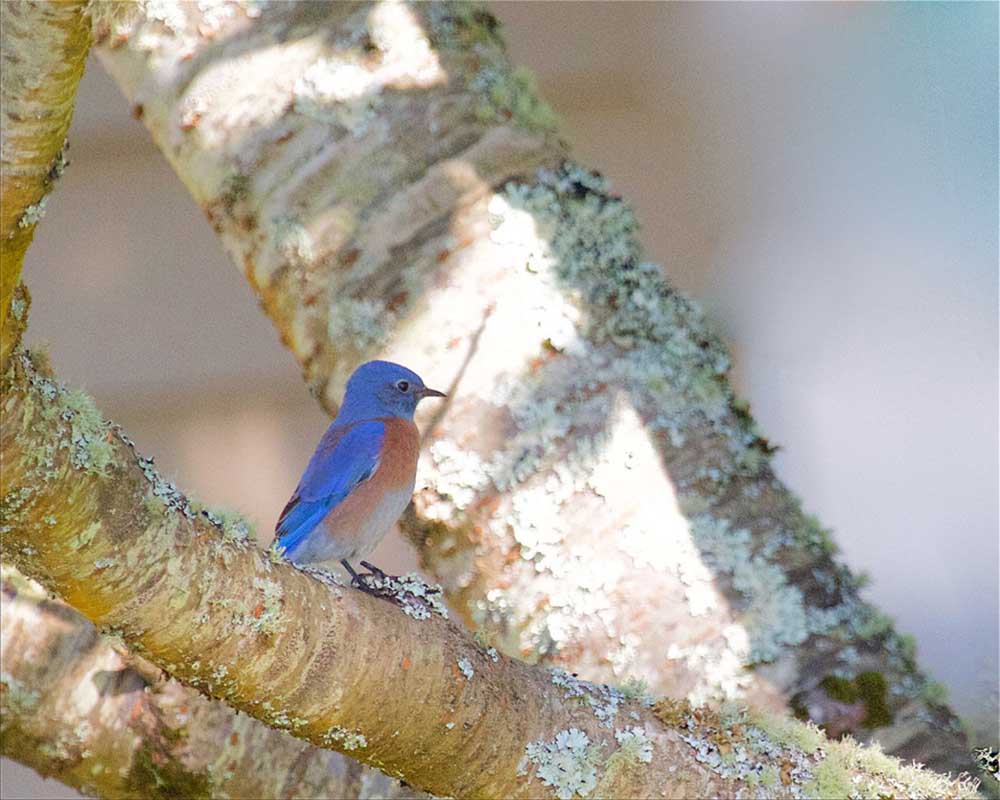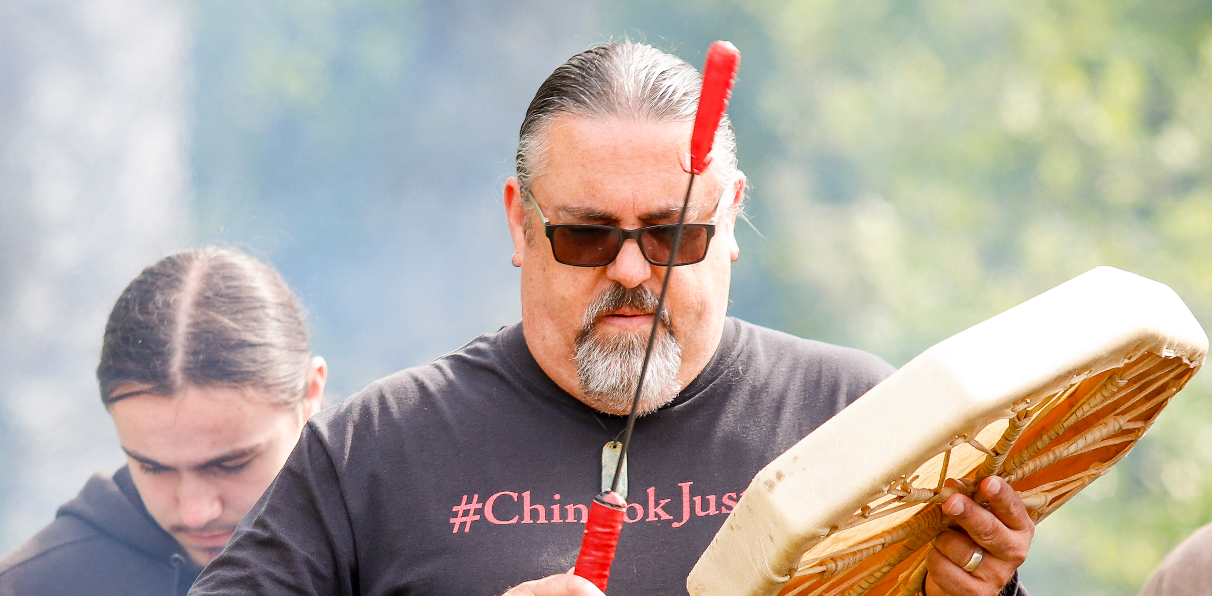Birdwatching Female western bluebirds do most everything!
Published 11:30 am Friday, April 8, 2016

- Some western bluebirds are acting like they're interested in nesting within Willapa National Wildlife Refuge, where they have only been rarely sighted in the past.
By Dr. Madeline A. Kalbach
Trending
For the Observer
In the beginning the male and female western bluebird scope out nesting sites together. They inspect them; go in and out of the cavities or nesting boxes just to see whether a site is suitable. Two pairs of western bluebirds have been inspecting a few places in the Willapa National Wildlife Refuge as possible nesting sites. They appear to like best the new nesting boxes that were just put up this past month. I can see why — they are new, modern, clean and beautiful, and the area — well, it offers the best of all worlds. Good dining and scenic views come with the boxes!
The interesting and exciting thing about this happening is that the western bluebird is considered a rare spring and fall migrant on the Willapa refuge and environs. The bluebirds have been inspecting the refuge area for quite a while. It is hoped that the pairs are happy with the new digs we are providing for them.
Trending
The refuge would love to claim the western bluebird as a regular nesting species.
Western bluebirds are ill-equipped to make or dig out a cavity. They rely on the previous nesting holes used by woodpeckers, as well as natural tree holes. Luckily for us, they also take to nesting boxes!
Once a site is chosen, the female steps up to the plate. She gathers grass, pine needles, moss, other plant material, as well as, horsehair and fur. She takes the material into the box or cavity and fashions her nest. Plastic has also been found in some western bluebird nests. The female bluebird works hard. Scientists have found that she takes up to two weeks to make her first nest, but can do her second nest in under a week. Once the work is complete she will be the one to incubate the eggs.
The male western bluebird is a brilliant blue above. Even its throat is blue, while its breast is rusty or chestnut in color. The female looks similar, but her blue is more gray and muted. The rusty colored breast is there, but it too is muted.
When looking for western bluebirds, look low. They like to sit low and then swoop down from their perch to catch prey. Fence lines are among their favorite places to hunt from for tasty refuge insects, and even snails. Utility wires and trees are also used as perches. Western bluebirds will also feed on berries and catch insects on the wing.
Look for them in open woodlands, pastures with old trees, or wherever bluebird boxes are found. The western bluebird competes with the European starling, house sparrows and even swallows for nesting places. We can help these beautiful, blue thrushes by placing a nesting box in our yard — built to their specifications, of course. There are housing plans online.
In the meantime, cross your fingers that at least one pair of western bluebirds will call the Willapa National Wildlife Refuge home.









